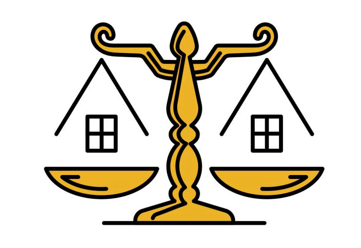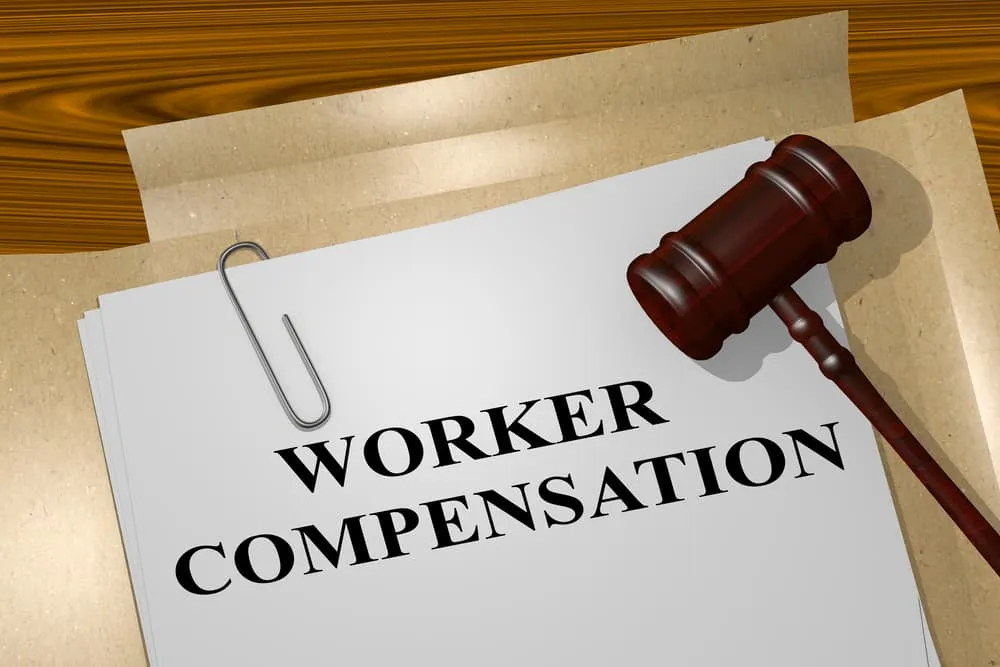What is Working Compensation
Introduction
Working compensation, commonly known as workers’ compensation, is a system designed to provide financial and medical benefits to employees who suffer work-related injuries or illnesses. This system ensures that workers receive proper compensation for lost wages, medical expenses, rehabilitation, and other costs incurred due to workplace accidents or occupational diseases. In many jurisdictions, employers are required by law to carry workers’ compensation insurance to cover such liabilities.
This article explores the concept of working compensation, its legal framework, types of benefits, eligibility criteria, claims process, challenges, and global perspectives. Additionally, it provides recommendations for improving workers’ compensation systems worldwide.
Historical Background of Workers’ Compensation
Workers’ compensation systems have evolved over centuries to protect employees from financial hardship caused by workplace injuries. The earliest forms of compensation can be traced back to ancient civilizations such as Mesopotamia, Greece, and Rome, where injured workers were granted monetary compensation based on the severity of their injuries.
In the modern era, workers’ compensation laws were first introduced in Germany in the late 19th century under Chancellor Otto von Bismarck. Other nations, including the United Kingdom and the United States, followed suit in the early 20th century, creating structured compensation programs to safeguard workers’ rights.
Legal Framework Governing Workers’ Compensation
Each country has specific laws and regulations governing workers’ compensation. Some of the key international frameworks and national legislations include:
International Labour Organization (ILO) Conventions
The ILO has developed guidelines to promote fair compensation for injured workers, ensuring workplace safety and social security.
United States: Workers’ Compensation Laws
Each state has its own workers’ compensation laws, overseen by state-level agencies.
United Kingdom: The Workmen’s Compensation Act
The UK replaced the original law with modern frameworks that include the Health and Safety at Work Act.
Nigeria: Employees’ Compensation Act
This act provides guidelines for compensating employees in case of work-related injuries or disabilities.
India: Employees’ Compensation Act, 1923
Governs compensation for employees in case of workplace injuries, particularly in hazardous occupations.
Australia: Workers’ Compensation Scheme
Each state and territory has its own workers’ compensation system, providing various benefits to employees.
Types of Workers’ Compensation Benefits
Workers’ compensation typically includes the following benefits:
Medical Benefits
Covers hospital bills, medication, surgeries, physical therapy, and other medical expenses related to the injury.
Disability Benefits
Temporary or permanent disability benefits are provided to employees unable to work due to injuries.
Lost Wage Compensation
Workers receive partial wage replacement while recovering from injuries.
Rehabilitation Benefits
Covers vocational training, counseling, and skill development for workers who cannot return to their previous job.
Death and Survivor Benefits
Families of workers who die due to work-related injuries receive financial support.
Eligibility Criteria for Workers’ Compensation
To qualify for workers’ compensation, employees must meet certain conditions:
Employment Status – Must be classified as an employee rather than an independent contractor.
Work-Related Injury or Illness – The injury must occur within the scope of employment.
Timely Reporting – The injury must be reported within the stipulated timeframe.
Medical Documentation – Workers must provide medical records proving the injury or illness.
The Claims Process for Workers’ Compensation
Reporting the Injury
Employees must notify their employer immediately after an injury occurs.
Filing a Claim
The employer or the employee files a claim with the workers’ compensation board.
Medical Evaluation
The injured worker undergoes medical examinations to assess the extent of the injury.
Review and Approval
The insurance company or government agency reviews the claim and determines eligibility.
Receiving Compensation
Approved claims result in benefit payments to cover lost wages, medical expenses, and rehabilitation.
Appealing Denied Claims
If a claim is denied, employees can appeal through legal channels.
Common Challenges in Workers’ Compensation
Delayed Claims Processing
Bureaucratic red tape often leads to slow compensation payouts.
Employer Retaliation
Some employers may attempt to dismiss workers who file claims.
Insurance Disputes
Insurers may challenge the legitimacy of claims.
Fraudulent Claims
Fake injury claims can undermine the system.
Inadequate Compensation
Some workers receive insufficient payouts that do not cover all expenses.
Comparing Workers’ Compensation Systems Worldwide
Workers’ compensation varies across different regions. Here are key comparisons:
United States – State-based system with variations in coverage and benefits.
United Kingdom – Universal healthcare reduces medical cost burden for injured workers.
Germany – Strong government involvement ensures prompt compensation.
China – Rapid industrialization has led to increased workplace accidents.
Nigeria – Enforcement challenges and inadequate employer compliance.
Future of Workers’ Compensation
As workplace environments evolve, workers’ compensation systems must adapt. Future trends include:
Digitization of Claims Processing – Use of AI and blockchain for faster approvals.
Expanded Coverage for Remote Workers – Addressing injuries sustained while working from home.
Mental Health Inclusion – Recognizing psychological injuries as compensable claims.
Stronger Enforcement Mechanisms – Ensuring employer compliance with compensation laws.
Case Studies of Workers’ Compensation Systems
Case Study 1: Workers’ Compensation in the United States
Analysis of state-level variations and their impact on workers.
Examination of high-risk industries such as construction and manufacturing.
Trends in workers’ compensation fraud and efforts to mitigate them.
Case Study 2: Germany’s Comprehensive Compensation System
How strong government regulation ensures worker protection.
Comparisons with other European models.
Role of employers in maintaining safe workplaces.
Case Study 3: Compensation Challenges in Developing Nations
Focus on Nigeria, India, and Brazil.
Problems such as lack of enforcement and employer non-compliance.
Potential reforms to improve workers’ compensation systems.
Conclusion
Workers’ compensation is a crucial element of labor rights, ensuring that employees are protected in case of workplace accidents or illnesses. While different countries have unique approaches, the goal remains the same: safeguarding workers’ financial and medical well-being. By addressing challenges, enhancing enforcement, and adopting technology-driven solutions, the global workers’ compensation landscape can be significantly improved.
Contact Us
Whether you’re an employer or an employee, understanding Workers’ Compensation is essential. It’s not just a legal requirement — it’s a critical safeguard that ensures protection, justice, and continuity in the face of workplace injuries or occupational hazards.
At Chaman Law Firm, we help you navigate the legalities of Workers’ Compensation in Nigeria — from eligibility and filing claims to handling disputes and ensuring compliance. Whether you’re seeking compensation or defending against a claim, we provide the clarity, expertise, and legal protection you need.
📞Phone: 08065553671, 08096888818
✉ Email: chamanlawfirm@gmail.com
📍 Address: 115, Obafemi Awolowo Way, Allen Junction, Ikeja, Lagos, Nigeria
🌍Click here to learn more about Chaman Law Firm


